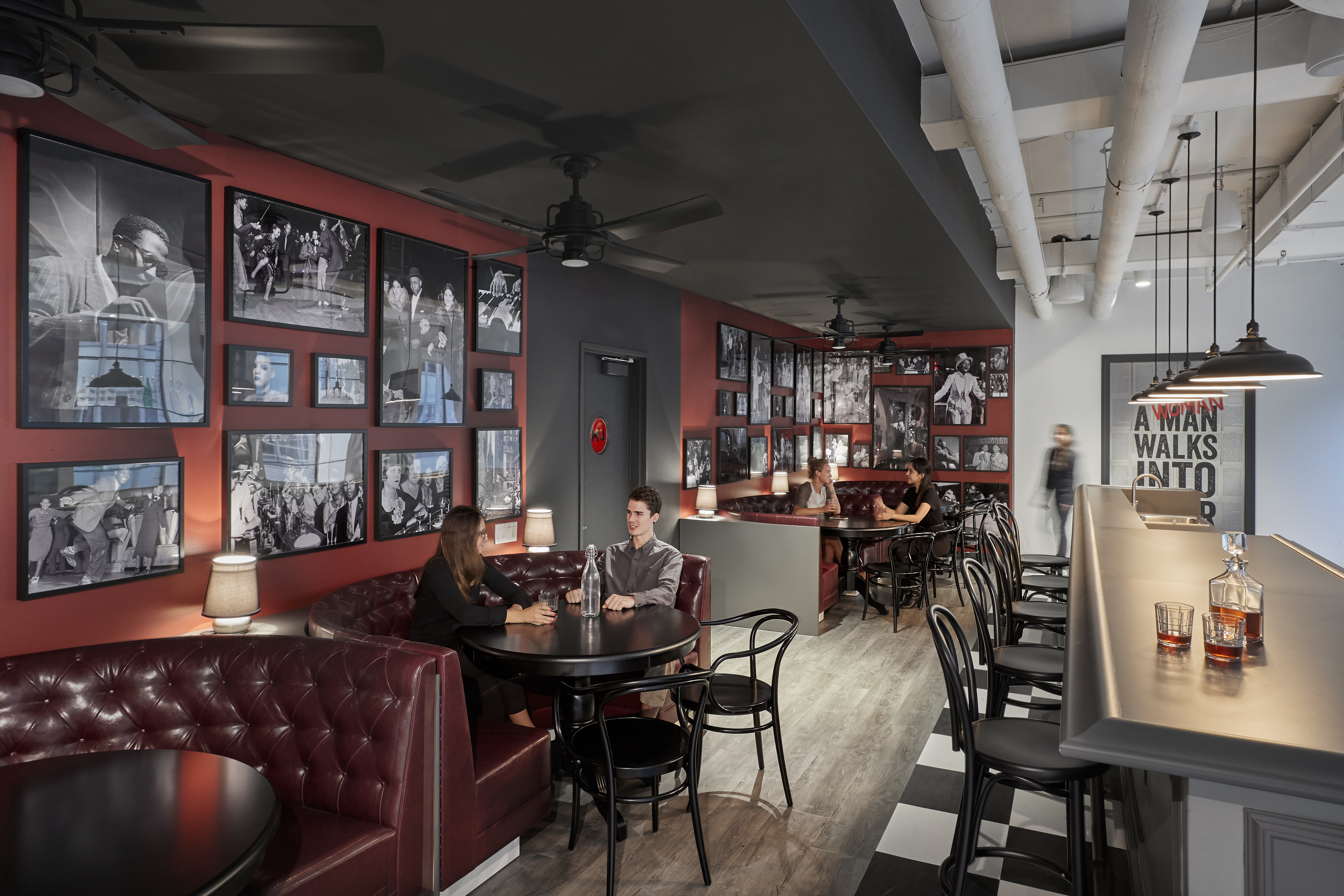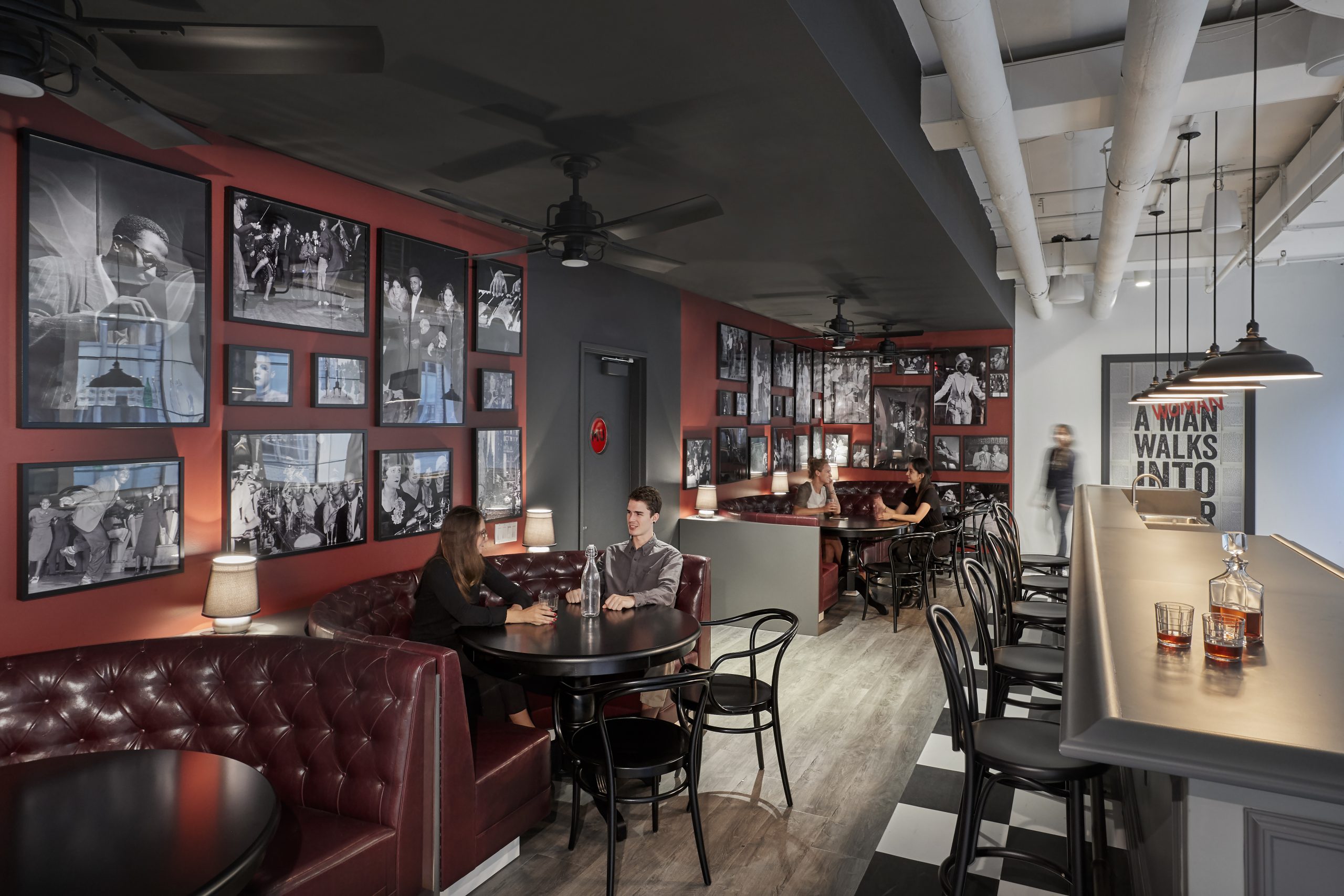We’re counting down to 2020 by sharing 12 days of emerging workplace trends! Learn what trends our top global contributors are most excited to see evolve in the new year.
Trend 5 of 12: Viewing access as an amenity will benefit employers in developing their specific amenities strategy.

Being able to view access as an amenity will be an asset to employers in 2020. While some believe that today’s employees request increasingly extravagant amenities provided within their physical workplace, simply providing employees with access to various amenities and resources can itself be a valuable tool for employee recruitment and retention. We have chosen to highlight three amenity types in this article, but many others exist including childcare, dry-cleaning, prayer rooms, and more.
Wellness amenities have increased dramatically over the past decade. However, not all organizations are at the scale to provide on-site gyms to their staff. As the physical workplace becomes more flexible, we’ve found that providing access to a nearby gym, or one shared amongst building tenants, or even simply providing locker rooms/showers are all viable options. Similarly, while meditation or yoga rooms have become popular, these services can be provided by creating a dual function wellness room, or through partnership with an app, wellness program, or local fitness trainer. Additionally, workplace design trends will continue to move in favor of providing daylight and views to shared spaces, rather than to individual spaces.
Access to learning and development will continue to rank high in importance. Providing employees with spatial access to leadership is the physical manifestation of the flattening of an organization’s hierarchy. This demonstrates a commitment to individual employee growth and the valuing of all opinions. Glass front offices, locating executives with their teams or in high traffic areas, and alternative spaces to have one-on-one conversations all support this from a space planning perspective. Access to a variety of types of training rooms and informal meeting areas equipped with a variety of collaboration tools also support learning and development. Further, employers should understand that employees seek to fast-track their growth and learn in multiple ways. Providing employees access to LinkedIn Learning, mobile coaching apps, mentorship matching, microlearning platforms, or off-site team building events can all be seen as impactful amenities.
Food service is another category of amenities that have grown in popularity and variety over the past decade. Most employees enjoy the convenience of onsite food to stay productive and comfortable throughout the workday, however full catering capabilities are not always feasible. As the new workforce expects more food options in their workplace, employers can find creative solutions to providing food, like stipends or discounts to local restaurants, online-food ordering programs, or pop-up markets. Additionally, providing for the occasional or weekly lunch, or access to better coffee, beverages, fruit and snacks can satisfy this need. Companies can also consider buildings with shared cafeterias, which would provide employees with the convenience of being able to find lunch without leaving the building. Employers can be creative and develop solutions for providing access to food services that fit within their financial resources.
While providing amenities is not a new trend, the ways employers provide access to various amenities will continue to evolve in 2020. Our workforce is diversifying and embraces individuality over conformity. Viewing access as an amenity will benefit employers in developing their specific amenities strategy, serving as a powerful tool for attracting new talent and retaining employees.


